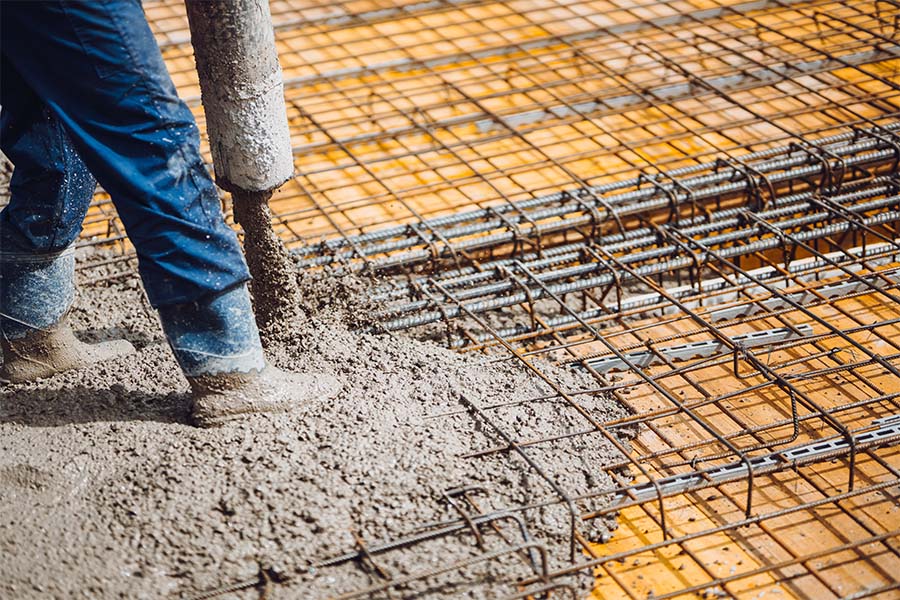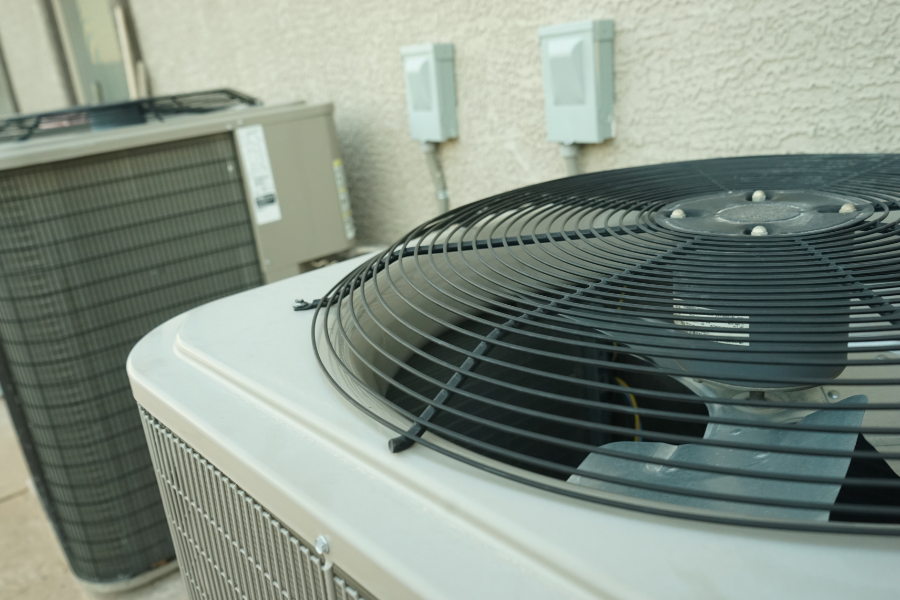Jan 20, 2022
The Cement Industry’s Plan for Decarbonization Marks a Good First Step, But Let’s Keep it Real
The Portland Cement Association has released a plan called "Roadmap to Carbon Neutrality" to reduce the ecological impact of cement production. While there is no "carbon neutral" concrete, the plan suggests using less energy, CO2-reducing materials, renewable energy production, and carbon sequestration. However, not all approaches are equal, and some ideas, such as emphasizing concrete's CO2 absorption, may not be practical. The challenges include finding greener admixtures, ensuring concrete mixes are suitable for recycling, and addressing public concerns about pollutants in fly ash. Residential builders can reduce concrete impact by using frost-protected shallow foundations, inquiring about green concrete, using greener alternatives to concrete pavement, and avoiding 3D printed homes made entirely of concrete.
By: Matt Power

As recently as last month, several news articles, including one in Nature, seemed to take a sudden interest in the intense ecological costs of producing concrete. The biggest ecological villain, of course, is the cement in the mix, which requires extremes of heat (and thus energy) for production. It’s also difficult to extract and transport.
So perhaps it’s a coincidence that the Portland Cement Association just released a comprehensive plan titled Roadmap to Carbon Neutrality, that aims to take cement off the ecological hot seat.
I’ve seen these types of grand industry plans come and go, often without the follow-through to claim success after the initial enthusiasm fades. That’s not to undercut the effort, it’s to keep the pressure on, now that an initial plan has been outlined.
So What’s In the Plan?
I gave the full document a quick read. One thing that I think it’s important to establish is that there is not, nor will there ever be “carbon neutral” concrete, any more than there will be “carbon neutral” housing. 
Any man-made endeavor that requires energy, resource extraction, and transportation produces pollution. All you can do is try to mitigate those initial effects by using less energy, specifying less CO2 intensive materials, offset them with things like renewable energy production, and, sometime in the (at this point far distant) future, actively sequester the carbon created by the production process.
Not every approach to reducing cement’s heavy CO2 impact is equal, however, and that may be something for PCA to consider. The organization presents the various approaches to reducing the CO2 impacts of cement as a sort of a la carte menu of options. But some ideas floated in the plan, such as emphasizing concrete’s natural tendency to act as a CO2 sink during its lifespan, probably should not be included in the list of actionable ideas.
Concrete does absorb CO2, but that’s been the case for 1,000 years. All we’d be talking about is whether new types of admixtures could increase the absorption rate, which is a valid area of R&D, but maybe not something to focus on.
That being said, I don’t disagree with the “do everything that helps” approach PCA has taken. They’ve acknowledged that reining in concrete’s footprint (with an emphasis on cement) will require changes at every level of the material’s life cycle. From extraction of raw materials to the choice of clinkers and mixing agents, to the suitability of concrete mixes for recycling.
The challenges are many, but not insurmountable. We need greener filler and admixtures, for example, but many specifications, especially on the commercial side, only accept certain additives.
Some promising alternatives, however, have an ongoing public relations problem. Low-cost fly ash, for instance, has not become a mainstay of the industry, in part because its chemistry needs to be studied and discussed with more transparency to remove ongoing public concerns about heavy metals and other pollutants that could be left in the post-industrial waste. And as it turns out, there are indeed toxins in fly ash, but it took the discovery that some of those are rare metals to get to the truth. Now Sandia Laboratories wants to get at those metals to build more weapons of mass destruction, so we may finally see fly ash find a clean pathway into cement.
It’s also understandable that building experts like to move slowly on changes to concrete formulation. Durability is key. In Ireland, for example, one company’s use of excessive amounts of mica in the mix for cement blocks has led to thousands of building failures.
It’s hard to disagree with PCA’s assertion that concrete will remain an essential base material for the resilient infrastructure we need to survive Climate Change. We’ll need homes with sturdy foundations that can withstand floods, monster hurricanes, and so on. It’s good to see the cement industry taking steps, however, to address their own significant role in global warming.
What Can Builders and Architects Do?
Residential builders have a lot more flexibility when selecting concrete options than their commercial counterparts. In the field, here are a few ways to reduce concrete impacts immediately.
- Go shallow. Frost-protected shallow foundations (click to download a guide from HUD) can reduce concrete use in new homes by about 65 percent. These are now part of the building code. Basements, in my experience, often create more long-term headaches than they’re worth. Keep things simple. Instead of a slab-on-grade, consider a crawlspace design to save even more concrete.
- Inquire about green concrete. Ask your local concrete supplier what alternative mix materials might be available. According to TNT Materials , options may include:
- Fly ash from coal power plants.
- Ground granulated blast slag, or slag cement from steel mills.
- Silica fumes left over in electric furnaces during the production of silicon alloys.
- Fiberglass and waste glass.
- Rice husk ash.
- Burnt clay.
- Sawdust.
- Foundry sand
- Pave conservatively. Concrete pavement, curbs, and sidewalks often represent a larger footprint than the residential properties they surround. But they come at a high environmental cost. Consider greener alternatives: pavers made from recycled aggregate, locally quarried crushed stone walkways, hardy perennial ground cover, or even natural gravel with good drainage. Homeowners may push back against less “permanent” materials, but chances are that they don’t have all the information. Many cities also offer a discounted rate for wastewater runoff for porous walks and driveways.
- Stay away from 3D printed homes until 3D manufacturers incorporate hemp or other materials in place of limestone cement. I’ve been barraged with press releases about these machine-made homes recently. But what I’ve seen in the videos so far are projects with huge CO2 footprints—walls made of 100 percent concrete, served up in layers. Let me be even more specific: Lennar is doing a big 3D printed home project with ICON, but on ICON’s website, I could not find a single mention of sustainability related to these homes. In addition, there seems to be no insight into R-Values or HERS ratings or other metrics that might provide a sense of what we are getting for our money with 3D printed housing.





